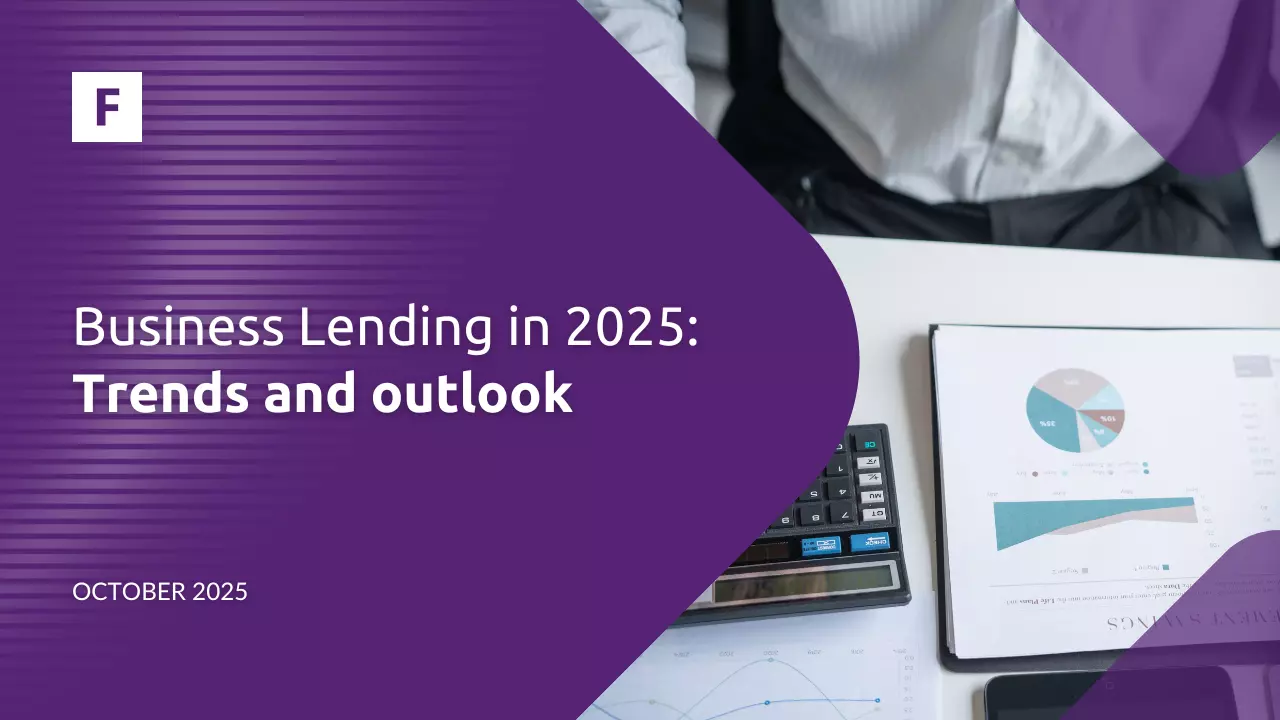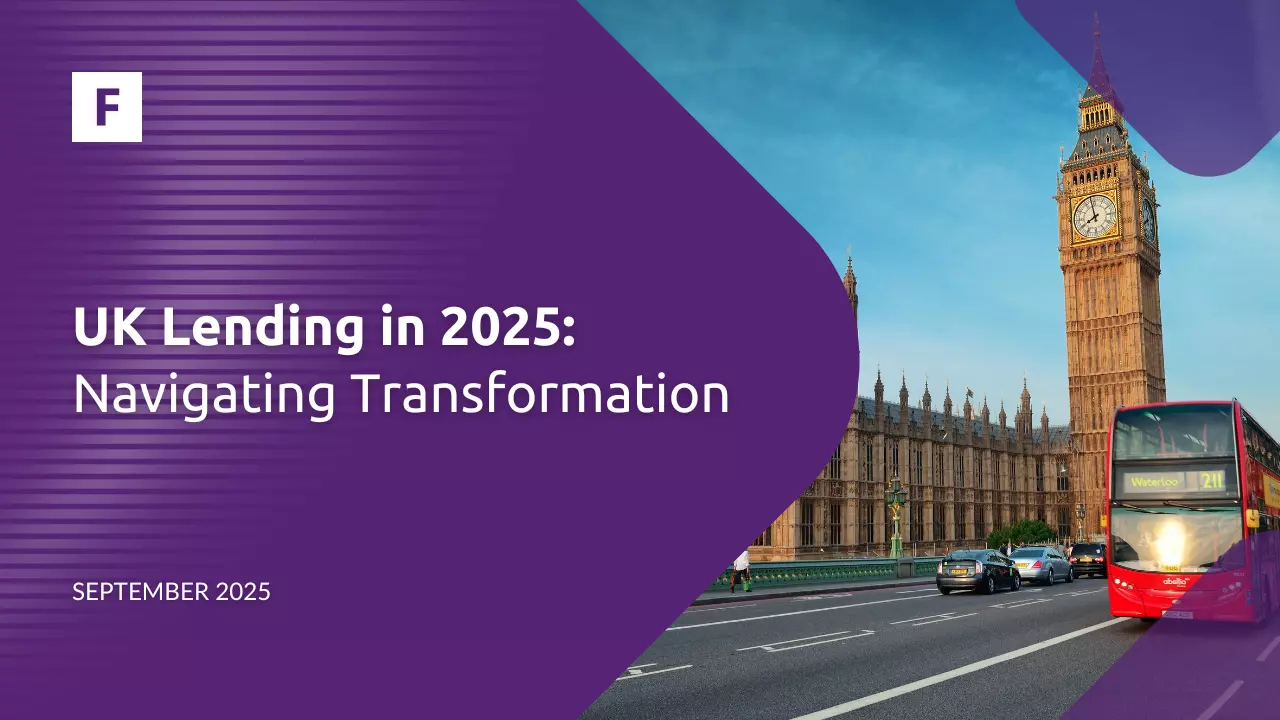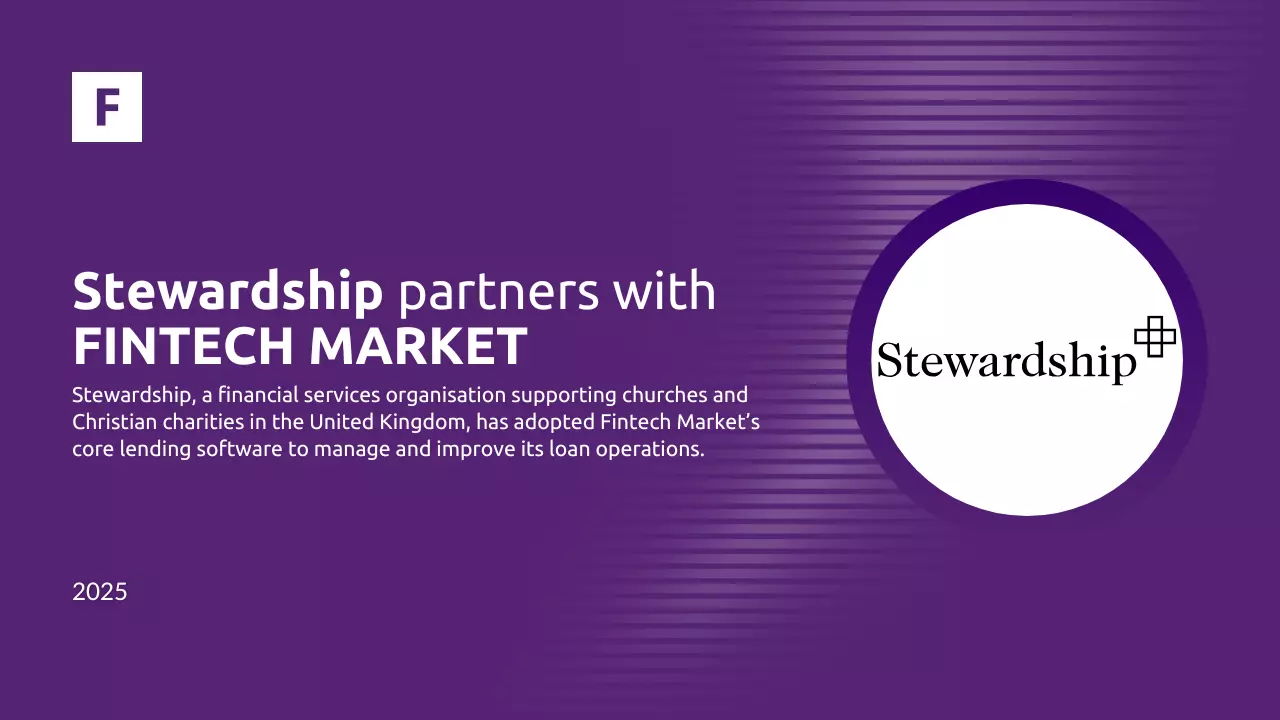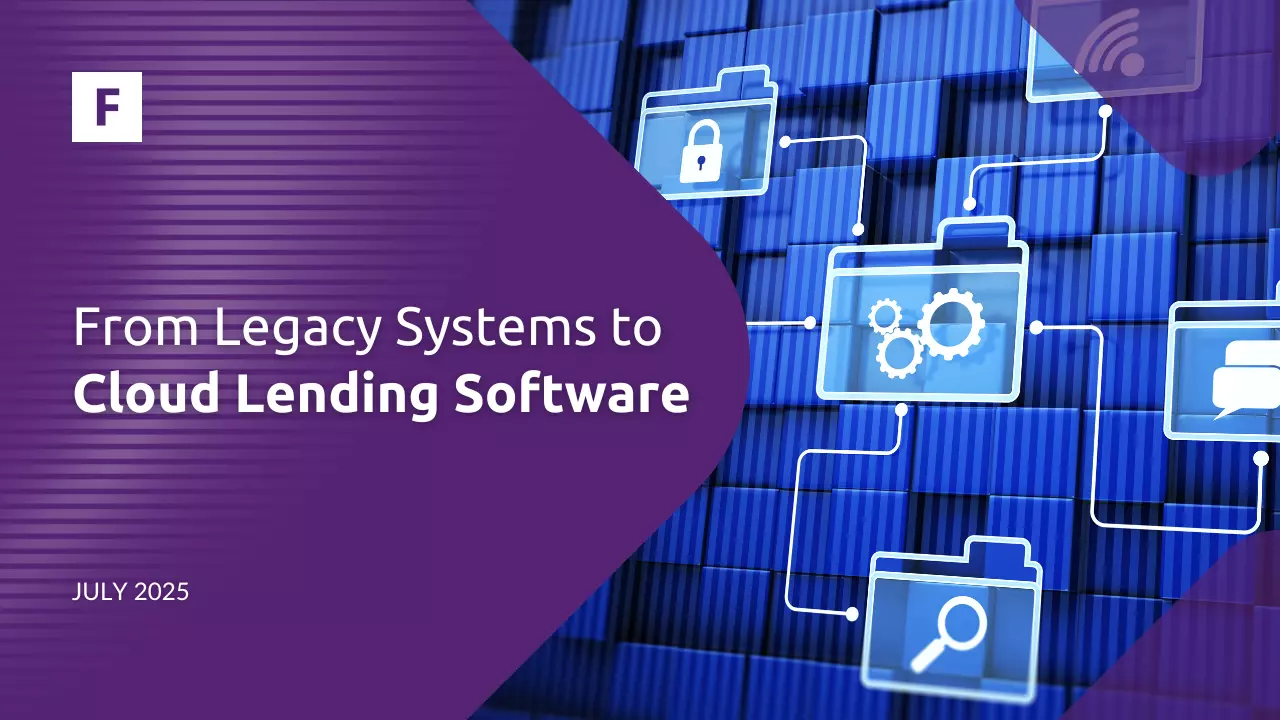A bridge loan provides quick cash flow until permanent financing is secured or an existing obligation is paid.
However, with fast access to funds comes higher interest rates and fees. In this article, we'll explore bridging loans, their benefits, types, and how they differ from traditional loans, helping you understand when and how they can be a valuable financial solution.
These are the main key takeaways from this article:
Quick, short-term financing.
Flexible loan types.
Costs and fees.
Increasing demand and market growth.
Why "Bridge"?
It is a short-term loan designed to provide immediate funds to "bridge" a financing gap, such as purchasing a new property before selling an existing one.
They also help avoid rental gaps, fund renovations before selling, and manage stress-free settlement timing.
A bridging loan functions similarly to a mortgage. It is typically secured against property and provides temporary financing until a more permanent solution is in place.
How do Bridge Loans and Traditional Loans Differ?
Bridge loans offer faster approval and funding than traditional loans but come with short terms, high interest rates, and hefty fees. Borrowers accept these costs for quick access to funds, intending to repay with long-term financing. Most bridge loans also have no repayment penalties.
Bridging Loan Costs & Benefits
Bridging loans typically have the same variable interest rate as traditional home loans, and they offer interest-only repayments (up to 12 months) during the bridging period.
Types of Bridging Loan
Depending on their purpose, bridging loans are categorized into personal and commercial loans.
Personal Bridging Loans
Personal bridging loans are secured against personal property, such as a home or inherited property.
They help repair broken property chains or secure a new house before selling an existing one, effectively making the borrower a cash buyer. Instead of monthly repayments, interest is rolled up and repaid in a lump sum once the property sale is completed, typically within 12 months.
Commercial Bridging Loans
Also known as unregulated bridging loans, these are secured against investment properties or business premises. Borrowers make monthly interest payments, with the option to bundle in fees (which may accrue additional interest).
The loan is repaid at the end of the term or earlier if desired. Commercial bridging loans can purchase offices, retail units, restaurants, warehouses, hotels, farms, and land when fast financing is needed.
Our SME Lending Software offers financial institutions, digital lenders, and private lenders a comprehensive platform for managing the entire loan lifecycle. This loan management system simplifies the process from origination to servicing, payment collection, and reporting.
The lending software enhances operational efficiency and sustains compliance.
Capital Raising
Bridging loans can also provide a quick cash injection for businesses facing urgent needs, such as securing a sizable new account where raw materials or additional staff are required before receiving payment.
They can also be used to pay unexpected tax bills, allowing the business to focus on operations or secure new premises while waiting to sell an old one. Bridging loans help cover up-front expenses like stock purchases or shop fittings and can address overdue invoices from late-paying clients.
Repayment can be made once funds are available, and there is no early repayment charge (ERC) for specific loan sizes.
Closed Bridging vs. Open Bridging
Closed
A closed bridging loan is a loan in which the lender knows the exit strategy---the method and date for repayment. This could be from selling a property with a confirmed completion date or another fixed repayment source, like inheritance.
To obtain a closed loan, proof of repayment and a commitment to a fixed repayment date are required. These loans generally offer lower interest rates than open bridging loans, as the defined exit strategy reduces the lender's risk.
Commercial borrowers can also choose between open or closed bridging loans. A closed loan is suitable when a business has a completion date for purchasing new premises and selling its current property.
Open
An open bridging loan is available when there is no clear exit strategy, such as when you plan to repay the loan from a property sale but lack a buyer or fixed sale date. Since these loans are considered riskier, they typically have higher interest rates.
Lenders require assurance that the borrower will be able to repay the loan. The loan must usually be repaid within six to twelve months, with penalties for late repayment.
Early repayment is possible, and some lenders allow partial or complete interest payments before the loan is fully repaid.
An open loan is more suitable for commercial borrowers if the company has not yet secured a buyer for their existing premises.
First Charge Bridging Loan
A first-charge bridging loan is a short-term loan secured against an asset, usually a property. The lender has the primary claim in case of default. If the borrower fails to repay, the lender can seize and sell the asset before other creditors.
Other assets, such as business equipment or high-value personal items, may also be used as security, depending on the borrower's situation.
Second Charge Bridging Loan
A second-charge bridging loan is a loan on a property with an existing loan, such as a mortgage. In case of default, the first lender (e.g., the mortgage provider) gets repaid first, making the bridging loan second in priority.
The key differences between first and second-charge bridging loans include the amount you can borrow, interest rates, and lender consent. First-charge loans typically offer a higher loan-to-value (LTV) than second-charge loans, as the latter depends on the property's value and available equity. Interest rates are generally higher for second-charge loans due to the increased risk for lenders.
Additionally, the first-charge lender must approve any second-charge loan, and not all lenders permit a second charge on a property they have secured.
FTM's Mortgage Software provides financial institutions, including digital lenders, with customizable and efficient mortgage management tools, from product setup to borrower interactions. Built for flexibility, compliance, and operational efficiency, the platform offers solutions to meet diverse customer needs.
As a leading loan origination software, it facilitates operations and enriches borrower engagement. This loan origination software ensures a competitive advantage in the mortgage lending industry.
Amounts Lenders Offer
Bridging loans start from £5,000 but typically commence at £25,000 or USD 31,000, with no predefined upper limit. Loan amounts are determined by the borrower's financial profile and asset valuation. Lending decisions are based on property type, intended use, and available equity, ensuring a structured risk assessment.
Explore our core system to find the right platform for your needs. Designed to help financial institutions improve customer engagement, mitigate risk, and foster growth, it features customizable workflows and supports various financial products and payment methods.
Interest Rates
Bridging loans typically have high monthly interest rates, ranging from 0.4% to 2%, making them an expensive financing option. Since interest is usually calculated monthly, a small rate change can significantly impact borrowing costs.
Lenders offer three interest payment structures. With the monthly option, interest is paid each month and not added to the loan. In the deferred (rolled-up) approach, interest accrues and is paid in full at the end of the loan term. The retained option allows the borrower to take out additional funds to cover interest for an agreed-upon period, repaying it in full.
Some lenders offer a combination of these methods, such as using retained interest initially and switching to monthly payments later.
Borrowers must account for various fees and interest, so assessing the total cost before proceeding is essential.
Charges
Bridging finance involves several additional fees beyond the interest payments. These include a set-up fee, typically 1 to 2% of the loan amount, covering the costs of arranging the loan. An exit fee, usually around 1% of the loan, may apply if the loan is repaid early, though some lenders may waive this fee.
Administration or repayment fees are paid at the end of the loan to cover the necessary paperwork. Legal fees are fixed and cover the lender's legal costs. Valuation fees are for if a surveyor appraises the property, while broker fees apply if a broker assists in comparing loan options.
Bad Credit and Bridging
Bridging lenders offer loans based on property value rather than credit history, meaning they may overlook poor credit.
Due to the dynamics of bridging finance, securing a bridging loan with bad credit is often easier since these loans are short-term and primarily based on property value rather than credit history. However, if the exit strategy is remortgaging, bad credit may be a concern.
A lack of credit history, low credit scores, late payments, and even past bankruptcy are generally not barriers to approval. Loan defaults and repossessions may require further explanation but do not automatically result in rejection, especially if there is a solid exit plan.
Ultimately, lenders assess the borrower's ability to repay at the end of the term rather than their past financial difficulties.
FTM's Credit Line Software offers a complete platform for managing revolving credit lines with precision and efficiency. The loan management system supports end-to-end operations while ensuring tailored borrower experiences and effective risk management.
As a trusted credit decisioning software, it simplifies the evaluation procedure for credit approvals. This credit decisioning software ensures precise and efficient risk assessments, making it indispensable for managing credit lines.
FTM's Decision Engine can also enhance the loan origination process. Our decision engine allows businesses to design flexible credit models, leveraging integrated data, customizable fields, and advanced risk assessments.
Trends
Bridging finance remains a crucial component of the property financing market, providing secured funding with the speed and flexibility that traditional mortgages often lack. By the end of 2024, the UK market reached an estimated £10.9 billion, with projections indicating 25% growth over the next five years.
Recent trends show a gradual decline in interest rates, with the average for Q2 2024 at 0.86%. Completion times averaged 52 days, and the majority of transactions were unregulated.
The bridging market is experiencing a shift in borrower demographics, with more individuals integrating bridging loans into their financial strategies. Downsizers, upsizers, and auction buyers increasingly use bridging finance alongside developers and professional investors who continue to rely on its flexibility.
Bridging finance remains an essential answer for various borrowing needs. As it adapts to market changes, it will continue to address challenges like chain breaks, energy efficiency upgrades, and time-sensitive acquisitions, solidifying its role in the property market through 2025 and beyond.
Recap
Bridging loans offer fast, short-term funding secured against property, designed to bridge financing gaps when needed. Fintech Market provides software that helps lenders manage these loans efficiently, enhancing their ability to serve customers and make faster decisions.







